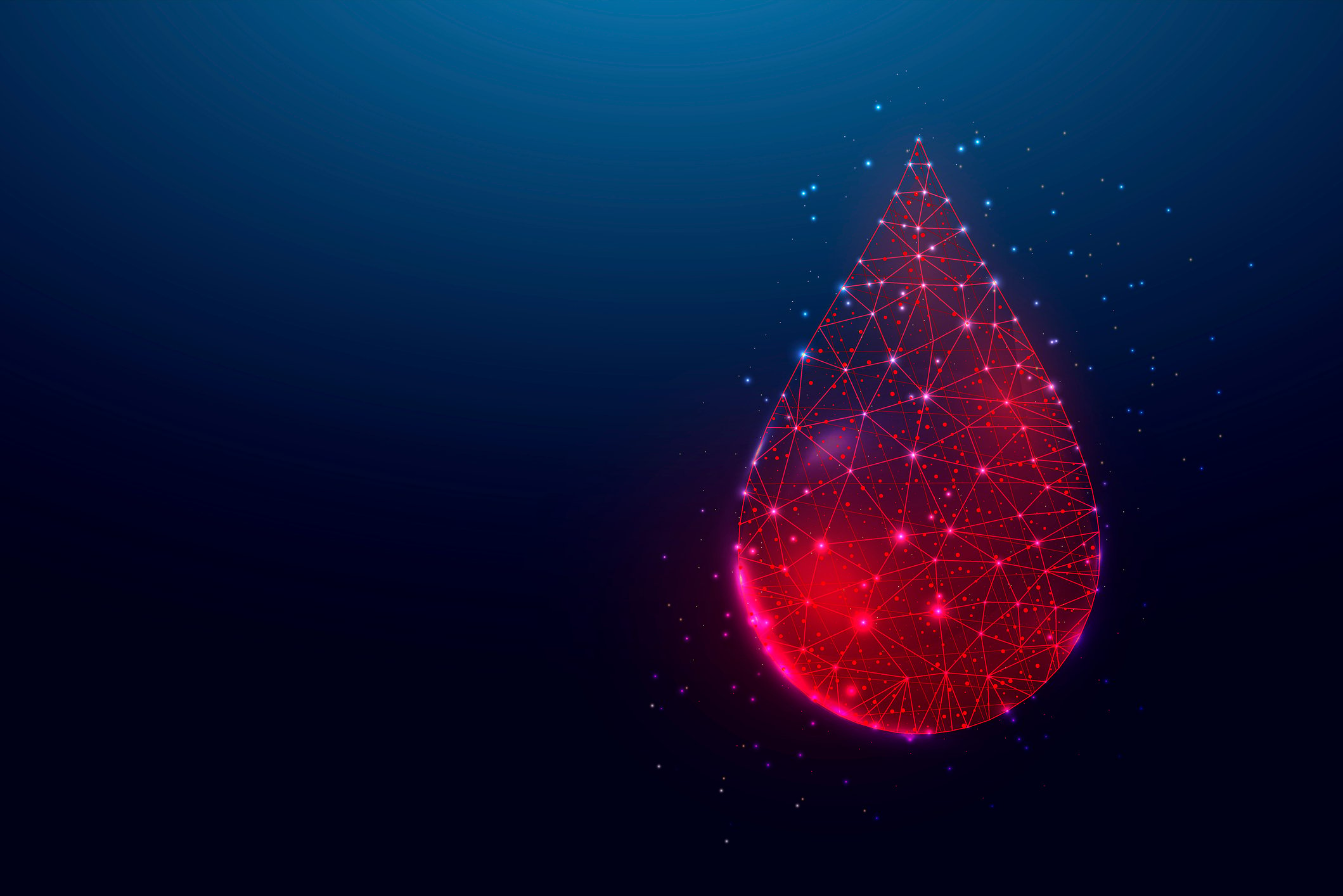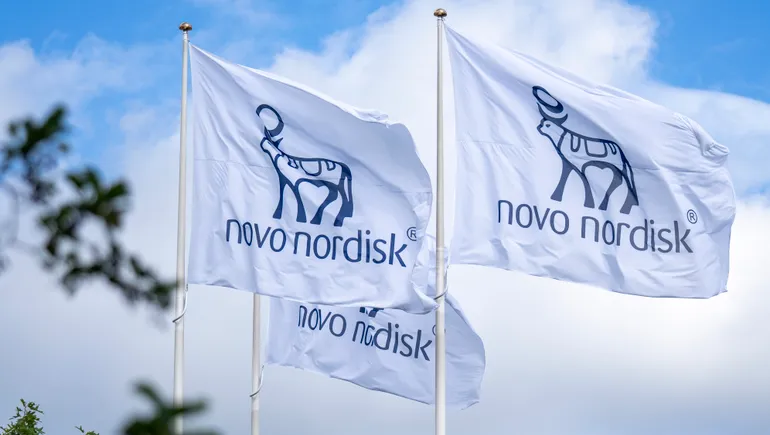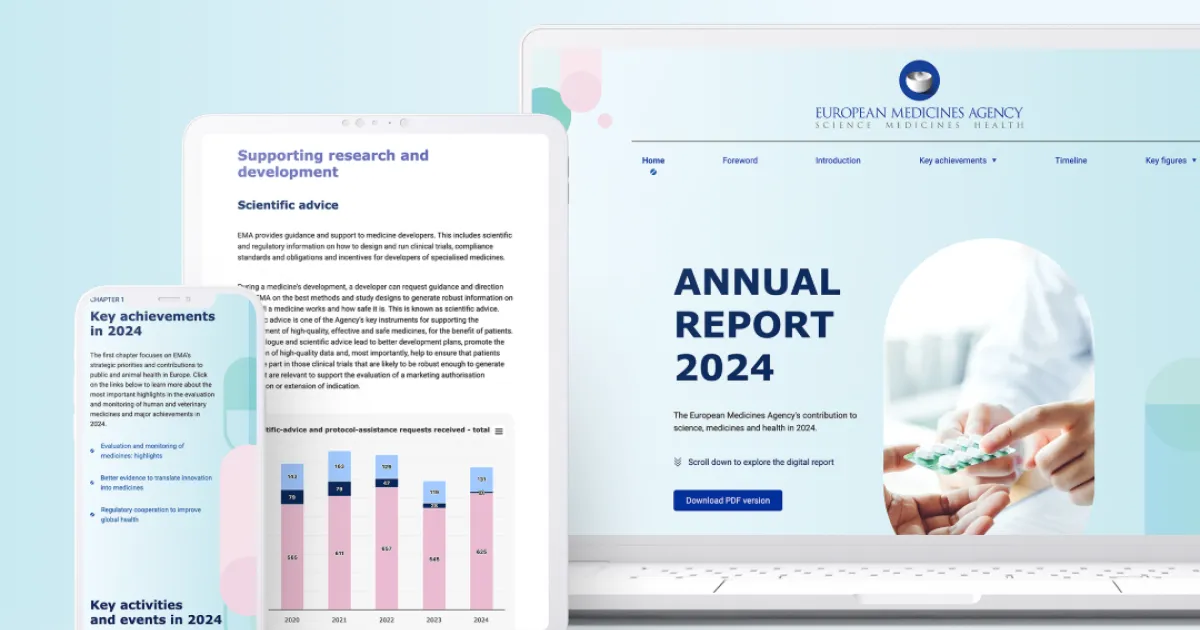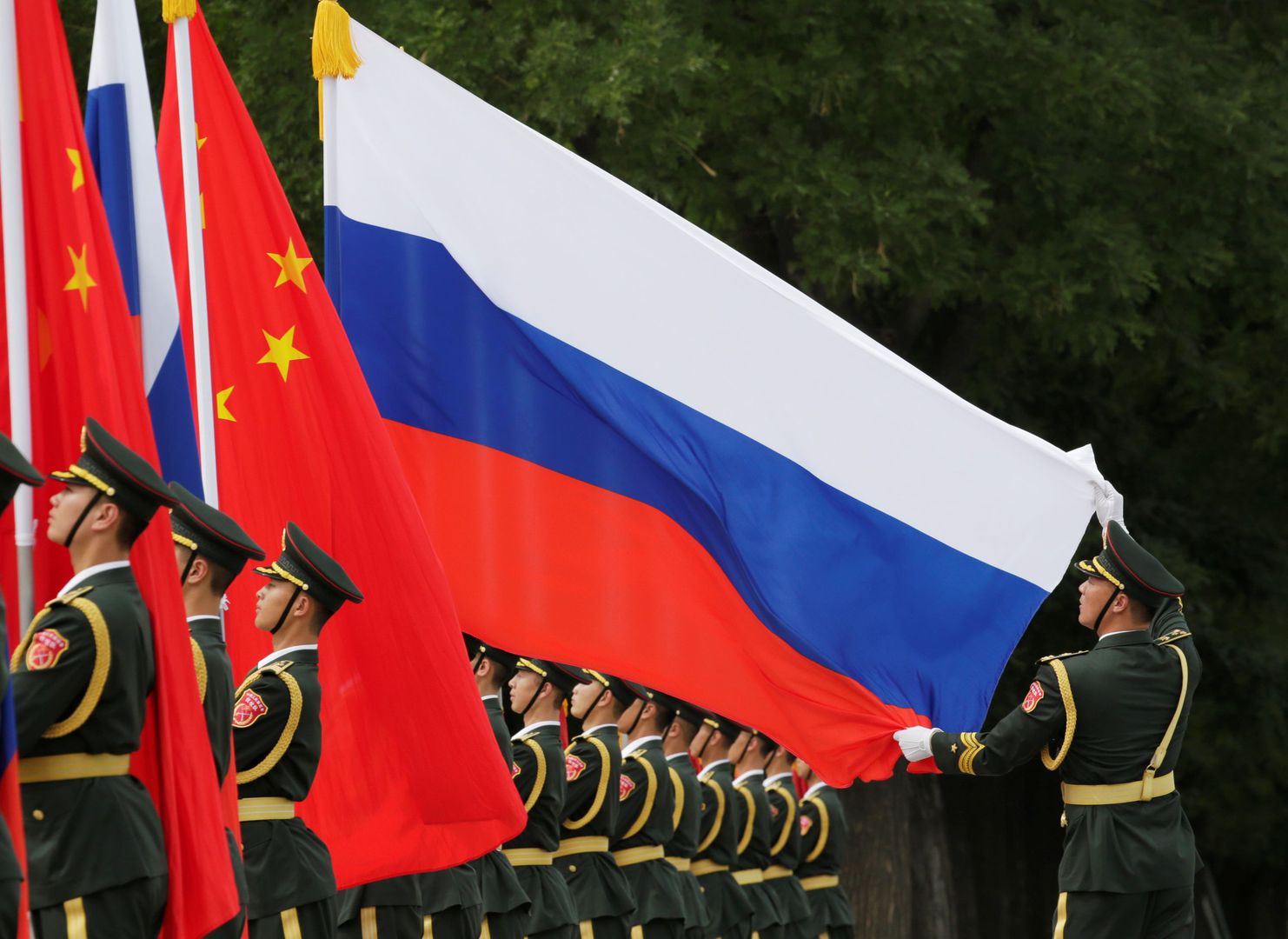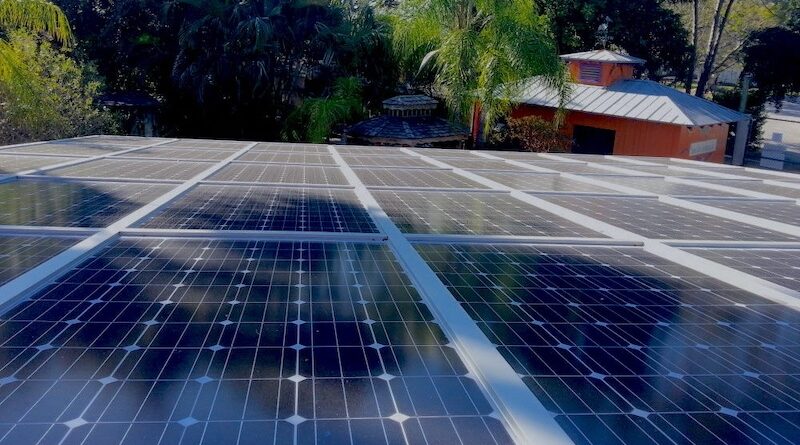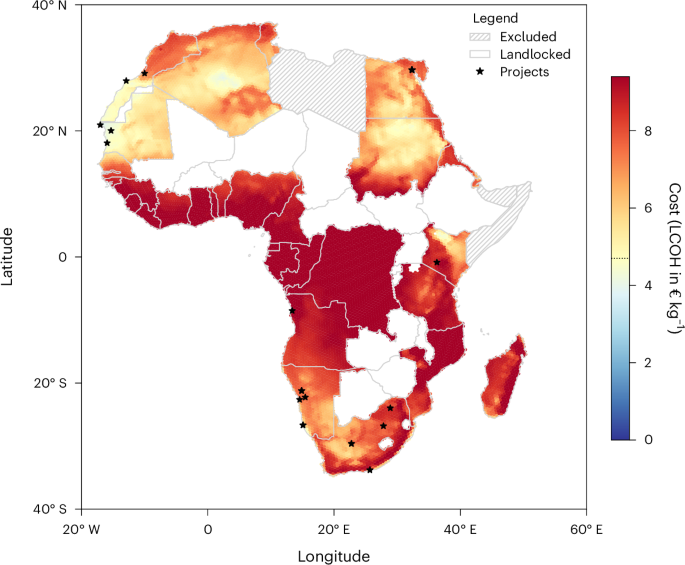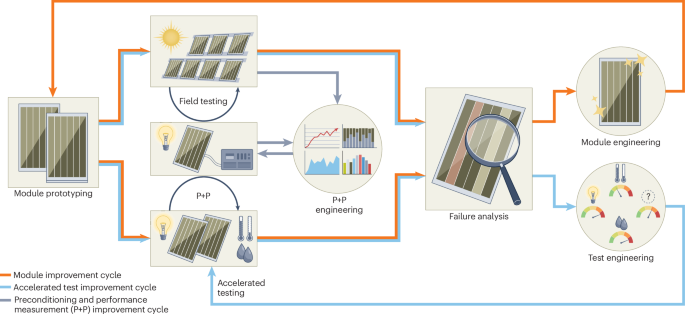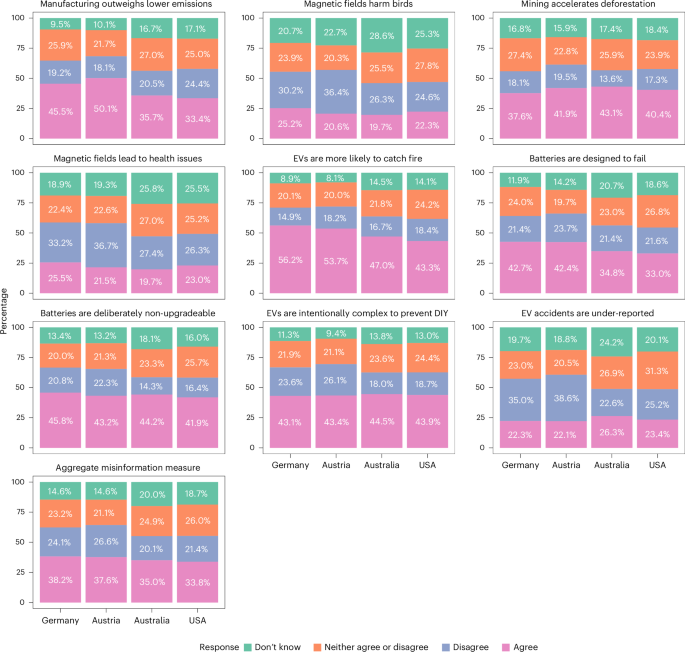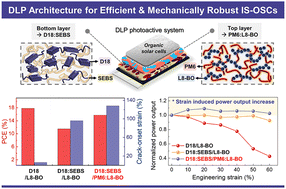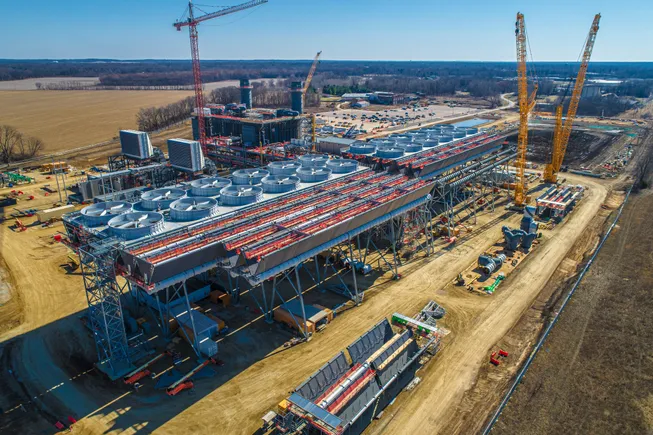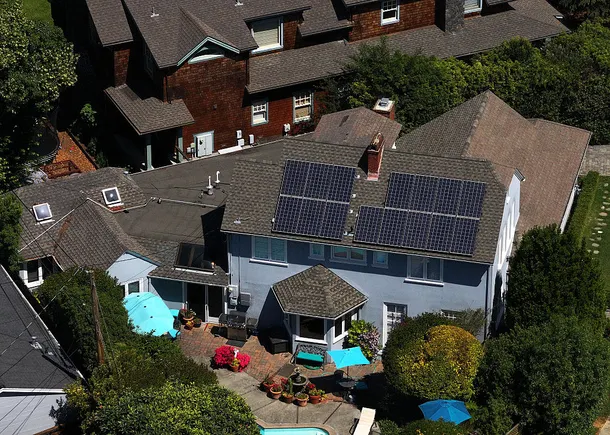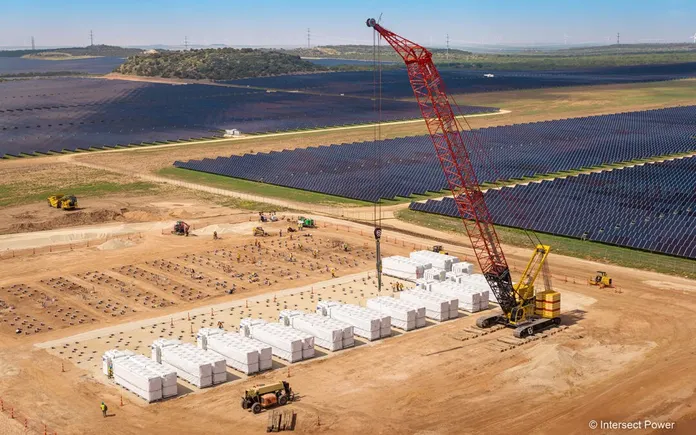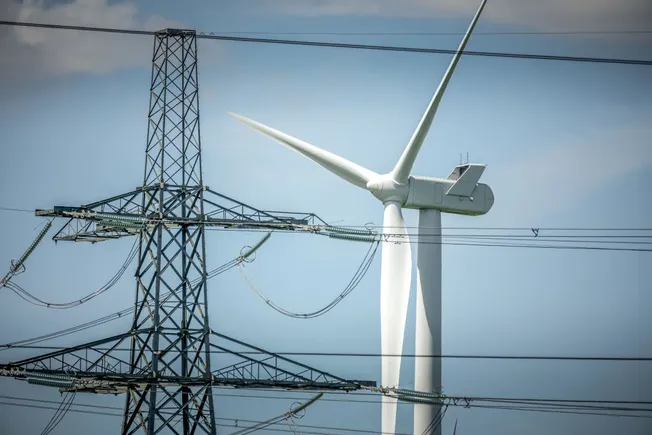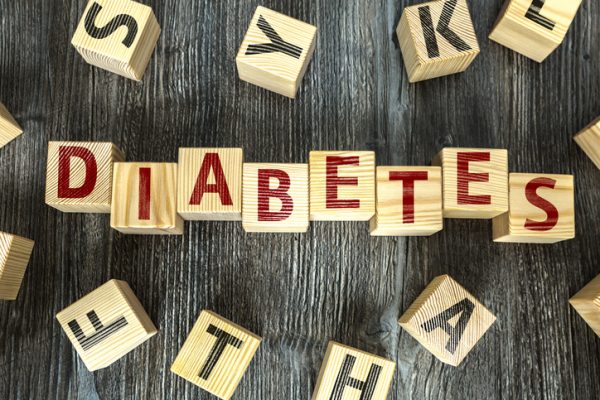Unveiling the Role of Critical Impurities in Spent LiFePO4 Cathodes for Scalable Direct Regeneration
Advanced Energy Materials, EarlyView.

This work provides a comprehensive examination of the evolution of impurities (i.e., aluminum, carbon, and fluorine residual) in LFP cathode material and their impacts on the recovery efficacy of the direct regeneration process. A combination of pH-controlled hydrothermal purification and the two-step sintering process is proposed to effectively regenerate spent LFP cathodes which eliminate the negative effect of Al and F impurities while mitigating any potential impacts of carbon residuals.
Abstract
Direct regeneration offers a promising alternative to recycling End-of-Life (EoL) batteries by restoring metal elements and preserving the material structure, yet scaling these technologies to handle practical cathode black mass (CBM) with impurities remains challenging. This study investigates the evolution of impurities, including aluminum (Al), polyvinylidene difluoride (PVDF) binder, and residual carbon (C), during direct recycling of spent LiFePO4 (LFP) cathodes and their impact on electrochemical performance. Using various ex situ and in situ analyses, it is shown that the formation of lithium fluoride (LiF) during the traditional direct recycling process hinders lithium diffusion and deteriorates the reversible capacity. To address this major challenge, the combination of pH-controlled hydrothermal purification and the two-step sintering process is proposed effectively to regenerate spent LFP cathodes, eliminating the negative effect of Al and fluorine (F) impurities while mitigating any potential impacts of carbon residuals. The regenerated LFP from spent CBM achieves superior performance, retaining 152.5 mAh g−1 at 0.1 C and 133 mAh g−1 at 1 C with 98.7% capacity retention after 200 cycles. This approach is further validated using three distinct waste feedstocks from battery modules, enhancing impurity management and scalability in direct recycling. These findings present a sustainable and economically viable solution for large-scale LFP regeneration.



























































